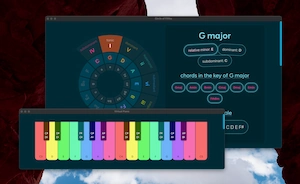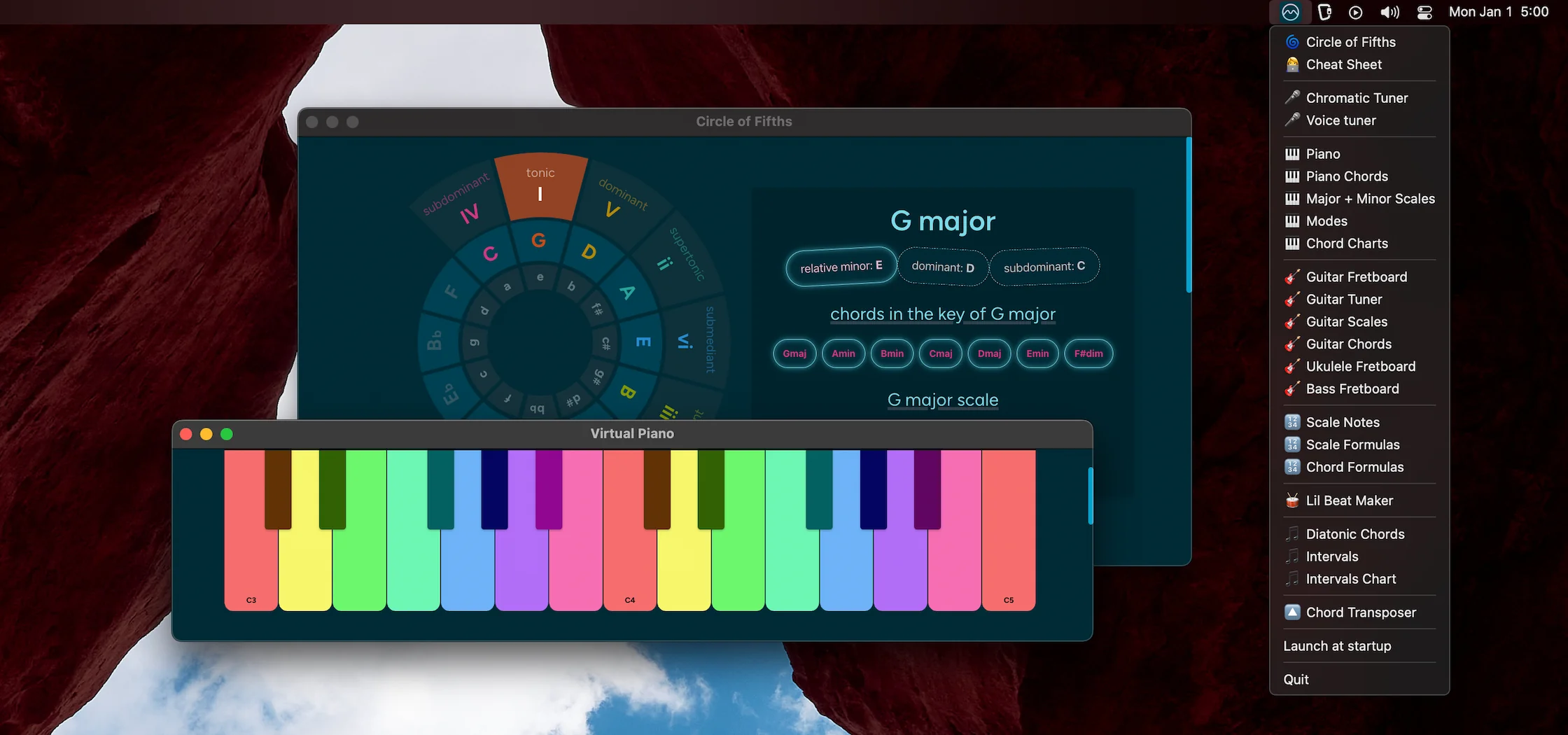Key Signature Chart: Major & Minor Key Signatures
🎼 A key signature is the sharp or flat symbols that we put
next to a clef like the treble or bass clef to indicate
which note(s) on the staff should be sharp or which note(s) should be flat for
a piece of music or a section of a piece of music.
Since each major scale (or its relative minor scale counterpart) has a
different number of sharpened or flattened note in the scale,
a key signature is therefore useful to tell us in which key we are in for a
piece of music. We just look at the key signature on the staff and know right away which
major or minor key has that key signature.
This page gives you a reference to the major and minor key signatures. You may
also want to check out the Circle of Fifths,
which is a helpful tool to help remember how many sharps or flats a key has.
→ I've also created a little game to help you
practice your key signature identification .
Key signatures with sharps...
Or no sharps or flats in the case of C major/A minor



